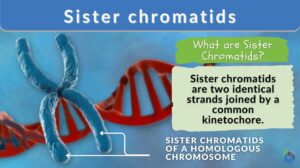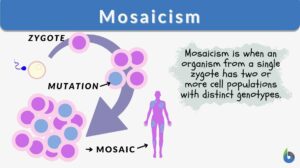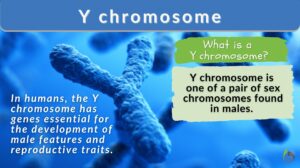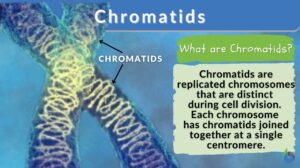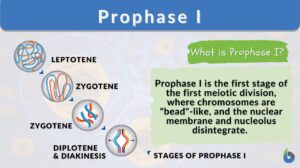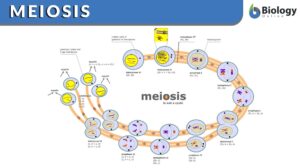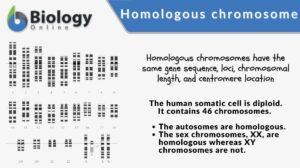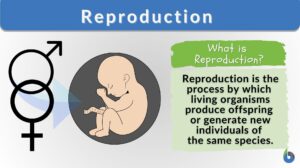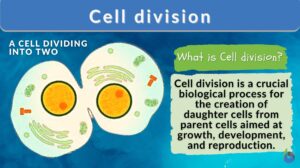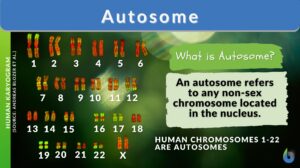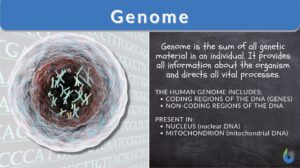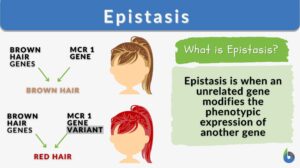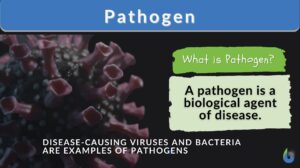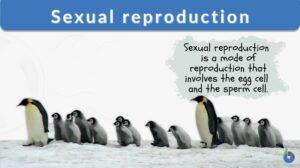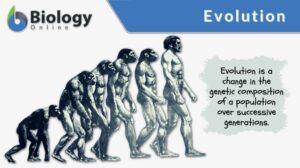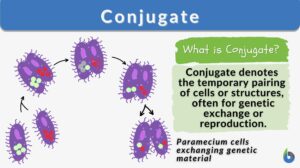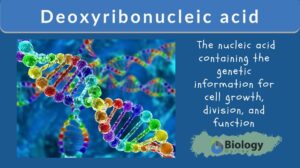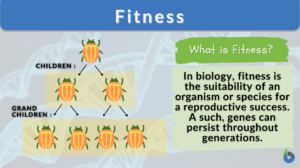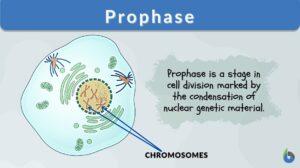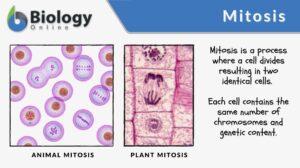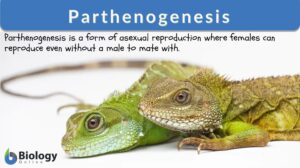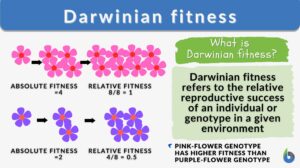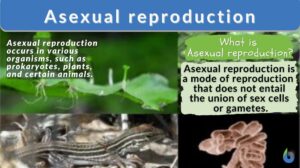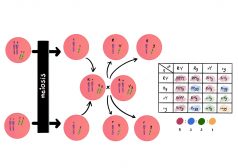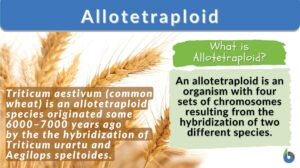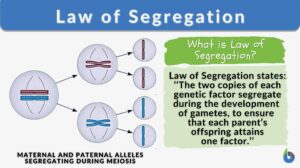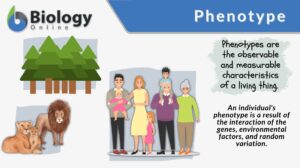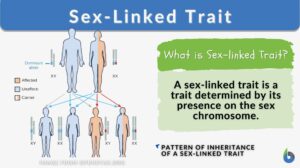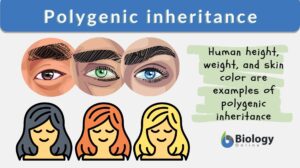Search Results for: genetic recombination
Sister chromatids
Sister Chromatids Definition Sister chromatids are defined as the two identical copies of a single replicated chromosome... Read More
Y chromosome
Y chromosome Definition The Y chromosome constitutes one member of the pair of sex chromosomes within an organism, a common... Read More
Chromatids
Chromatid Definition Chromatids are found inside our cells. Chromatids are condensed chromosomes distinguishable during... Read More
Prophase I
Organisms all use mitosis to create more cells in the body. Meiosis, a similar process, is used in some organisms to undergo... Read More
Homologous chromosome
A homologous chromosome pertains to one of a pair of chromosomes with the same gene sequence, loci, chromosomal length, and... Read More
Reproduction
Reproduction Definition Reproduction is a biological phenomenon of producing offspring/s. i.e. more of its kind. Depending... Read More
Cell division
Cell division is a biological process by which a parent cell duplicates its cell contents and divides to give rise to two or... Read More
Genetic recombination
Definition noun The process of forming new allelic combination in offspring by exchanges between genetic materials (as... Read More
Recombination
Definition noun, plural: recombinations (1) (genetics) The process or act of exchanges of genes between chromosomes,... Read More
Sexual reproduction
Sexual reproduction is a mode of reproduction involving the fusion of haploid female gamete (egg cell) and haploid male... Read More
Deoxyribonucleic acid
Deoxyribonucleic Acid (DNA) Definition A nucleic acid refers to any of the group of complex compounds made up of linear... Read More
Genetic variation
Definition noun, plural: genetic variations Variations of genomes between members of species, or between groups of species... Read More
Parthenogenesis
To reproduce, by definition, means to produce new offspring. The process is referred to as reproduction, which is one of the... Read More
Recombinant DNA
Definition noun Genetically-engineered DNA molecule formed by splicing fragments of DNA from a different source or from... Read More
Darwinian fitness
Darwinian Fitness Definition Darwinian fitness refers to the measure of an individual organism's or genotype's reproductive... Read More
Asexual reproduction
Asexual Reproduction Definition What is asexual reproduction? Asexual reproduction is a type of reproduction that does not... Read More
Independent Assortment and Crossing Over
Reviewed by: Mary Anne Clark, Ph.D.The previous tutorial investigates the process of meiosis, where... Read More
Allotetraploid
Allotetraploid Definition An allotetraploid is an organism with four sets of chromosomes (4n). This is in contrast to the... Read More
Law of Segregation
Mendel’s Laws of Inheritance The father of genetics, Gregor Mendel, reported his findings in 1860 that initially were... Read More
Genetic map
Definition noun (1) A list of ordered genetic loci for a particular genome. (2) A map of the relative positions of genetic... Read More
Men could go extinct? Y chromosome disappearing slowly
Hold on to your seats, gentlemen -- the male chromosome (Y chromosome) disappearing at a certain rate could absolutely be... Read More
Endogenote
Endogenote The original complete genome of a bacterium, before addition of new genetic material (an exogenote) from a donor... Read More
Linkage map
Definition noun A genetic map showing the relative positions of genetic markers along a chromosome that is determined by... Read More
Spermatogenesis
Spermatogenesis Definition Spermatogenesis is the biological process of producing sperm cells. It occurs in the male gonad... Read More
Sex-linked trait
Definition of Sex-Linked Traits A sex-linked trait is an observable characteristic of an organism that is influenced by the... Read More
Sex-determining Region Y gene
Definition noun The gene that codes for the SRY protein, which is associated with the testicular development in many male... Read More
Polygenic inheritance
Polygenic inheritance refers to the kind of inheritance in which the trait is produced from the cumulative effects of many... Read More
